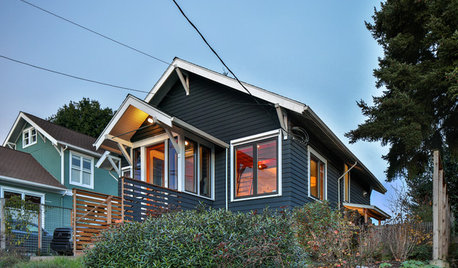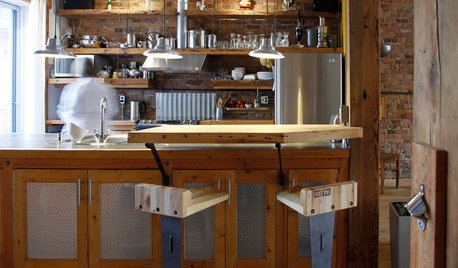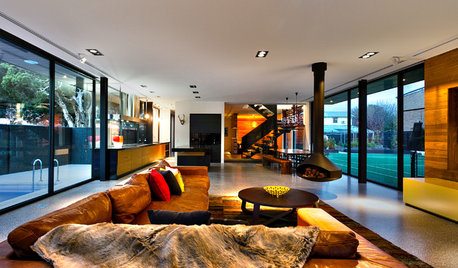Hood - baffles or mesh (or Ventahood)?
caliente63
11 years ago
Featured Answer
Comments (20)
deeageaux
11 years agobadgergal
11 years agoRelated Professionals
Barrington Hills Kitchen & Bathroom Designers · Henderson Kitchen & Bathroom Designers · Piedmont Kitchen & Bathroom Designers · Bensenville Kitchen & Bathroom Designers · Pueblo Kitchen & Bathroom Remodelers · Salinas Kitchen & Bathroom Remodelers · San Juan Capistrano Kitchen & Bathroom Remodelers · Warren Kitchen & Bathroom Remodelers · Shaker Heights Kitchen & Bathroom Remodelers · Eufaula Kitchen & Bathroom Remodelers · Crestline Cabinets & Cabinetry · Key Biscayne Cabinets & Cabinetry · Lackawanna Cabinets & Cabinetry · Riverbank Cabinets & Cabinetry · Wadsworth Cabinets & Cabinetrycaliente63
11 years agocooksnsews
11 years agobadgergal
11 years agokaseki
11 years agocaliente63
11 years agokaseki
11 years agobreezygirl
11 years agokaseki
11 years agolwerner
11 years agokaseki
11 years agosanjayradia
5 years agokaseki
5 years agolast modified: 5 years agovinmarks
5 years agoD Scott
3 years agodlm19
last monthkaseki
last monthlast modified: last monthdlm19
last month
Related Stories

KITCHEN DESIGNHow to Choose the Right Hood Fan for Your Kitchen
Keep your kitchen clean and your home's air fresh by understanding all the options for ventilating via a hood fan
Full Story
KITCHEN DESIGNWhat to Know When Choosing a Range Hood
Find out the types of kitchen range hoods available and the options for customized units
Full Story
KITCHEN APPLIANCESWhat to Consider When Adding a Range Hood
Get to know the types, styles and why you may want to skip a hood altogether
Full Story
KITCHEN DESIGNKitchen of the Week: Pushing Boundaries in a San Francisco Victorian
If the roll-up garage door doesn’t clue you in, the blue cabinets and oversize molding will: This kitchen is no ordinary Victorian galley
Full Story
MODERN HOMESHouzz TV: Seattle Family Almost Doubles Its Space Without Adding On
See how 2 work-from-home architects design and build an adaptable space for their family and business
Full Story
KITCHEN OF THE WEEKKitchen of the Week: What’s Old Is New Again in Texas
A fresh update brings back a 1920s kitchen’s original cottage style
Full Story
KITCHEN DESIGNPersonal Style: 50 Clever Real-Life Kitchen Design Details
Get ideas from savvy homeowners who have a knack for creating kitchens celebrating personal style
Full Story
CONTEMPORARY HOMESHouzz Tour: Warm Touches for a House of Grand Proportions
Scandinavian influences ensure character, functionality and easy maintenance in a large family home
Full StoryMore Discussions






lwerner